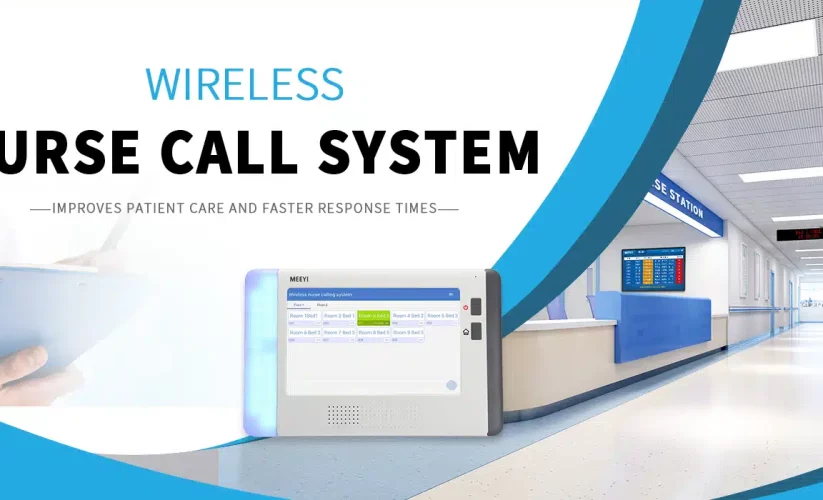
Exploring Innovative Internal Communication Solutions for Firms
In an era where effective communication is paramount for organizational success, businesses are increasingly turning to innovative internal communication solutions. These tools not only facilitate the flow of information but also enhance collaboration, engagement, and productivity among employees. Internal communication platforms for companies are evolving rapidly, offering a plethora of features designed to meet the diverse needs of modern organizations. This article delves into the latest trends, tools, and best practices for implementing these solutions effectively.
The Importance of Internal Communication
1. Understanding Internal Communication
Internal communication encompasses all the ways information is shared within an organization. This includes formal and informal communication among employees, teams, and leadership. Effective internal communication is crucial for aligning teams with organizational goals, fostering collaboration, and enhancing employee engagement.
2. Benefits of Strong Internal Communication
Strong internal communication leads to numerous advantages, including:
- Improved Employee Engagement: Employees who feel informed and connected are more likely to be engaged in their work.
- Enhanced Collaboration: Open channels of communication facilitate teamwork and enable employees to share ideas and knowledge.
- Higher Productivity: Clear communication reduces misunderstandings and streamlines processes, allowing teams to work more efficiently.
- Better Change Management: Effective communication helps employees navigate changes within the organization, reducing uncertainty and anxiety.
Innovative Internal Communication Solutions
3. Unified Communication Platforms
Unified communication (UC) platforms integrate various communication tools into a single interface, allowing employees to communicate via instant messaging, video calls, and file sharing. This integration reduces the need for multiple applications and streamlines workflows. Popular UC platforms include Microsoft Teams, Slack, and Zoom.
Benefits:
- Seamless Collaboration: Teams can collaborate in real-time without switching between applications.
- Increased Efficiency: Centralized communication reduces time spent searching for information or switching tools.
- Enhanced Accessibility: Employees can access communication tools from any device, making it easier for remote teams to stay connected.
4. Employee Engagement Apps
Employee engagement apps are designed to enhance communication and connection among staff. These platforms often include features like surveys, polls, recognition tools, and social feeds, encouraging feedback and interaction. Examples include Officevibe and 15Five.
Benefits:
- Real-Time Feedback: Employees can provide instant feedback, allowing organizations to address concerns and improve workplace culture.
- Recognition and Rewards: Engagement apps often feature recognition systems that boost morale and motivation.
- Fostering Community: By creating social spaces for employees to connect, these platforms help build a sense of community within the organization.
5. Video Communication Tools
Video communication tools have surged in popularity, particularly during the COVID-19 pandemic. Platforms like Zoom, Microsoft Teams, and Google Meet facilitate face-to-face interactions, allowing teams to connect visually and verbally.
Benefits:
- Personal Connection: Video calls foster stronger relationships among team members by allowing for visual cues and expressions.
- Enhanced Communication: Non-verbal communication is crucial for effective interactions, and video tools provide this capability.
- Flexibility: Video communication can easily accommodate remote work arrangements, ensuring all team members can participate.
6. Intranet Solutions
Intranet solutions serve as centralized hubs for information, resources, and communication within organizations. Modern intranets, such as SharePoint and Confluence, offer user-friendly interfaces and integration with other tools.
Benefits:
- Centralized Information: Employees can easily access important documents, policies, and updates in one location.
- Improved Collaboration: Intranets often include collaborative tools such as shared workspaces and discussion forums, enhancing teamwork.
- Knowledge Sharing: Intranets promote knowledge sharing and help preserve organizational knowledge by centralizing resources.
7. Chatbots and AI-Powered Communication
Chatbots and AI-powered tools are being integrated into internal communication platforms to automate routine tasks and provide support to employees. These tools can answer frequently asked questions, schedule meetings, and streamline information retrieval.
Benefits:
- Efficiency: Chatbots can handle repetitive inquiries, allowing human resources to focus on more complex tasks.
- 24/7 Availability: AI-powered tools provide support around the clock, ensuring employees have access to information whenever they need it.
- Personalization: AI can analyze employee interactions and provide tailored responses, enhancing the user experience.
Best Practices for Implementing Internal Communication Solutions
8. Assessing Organizational Needs
Before implementing any internal communication solution, it’s essential to assess your organization’s specific needs. Consider factors such as team structure, communication preferences, and existing challenges. Engaging employees in this assessment process can help ensure that the selected platform meets their needs.
9. Prioritizing User Experience
Choose platforms that are user-friendly and intuitive. A seamless user experience encourages adoption and minimizes resistance to change. Providing training and ongoing support will also help employees feel comfortable using new tools.
10. Fostering a Culture of Open Communication
To fully leverage the benefits of internal communication tools, organizations must foster a culture of open communication. Encourage employees to use the tools regularly for updates, discussions, and collaboration. Recognize and reward behaviors that promote open communication, reinforcing the importance of these practices.
11. Regularly Evaluating Effectiveness
After implementing new tools, regularly evaluate their effectiveness. Gather feedback from employees and analyze communication metrics to identify areas for improvement. Being proactive in addressing issues will help ensure that the tools continue to meet the needs of your organization.
Exploring Future Trends in Internal Communication
12. Emphasis on Asynchronous Communication
As remote and hybrid work models become more prevalent, asynchronous communication is gaining traction. Unlike synchronous communication, which requires participants to be present at the same time, asynchronous communication allows employees to communicate at their convenience. Tools that support this form of communication can enhance flexibility and accommodate diverse work schedules.
13. Increased Use of Gamification
Gamification is becoming a popular strategy for enhancing employee engagement through internal communication tools. By incorporating game-like elements, such as rewards, challenges, and leaderboards, organizations can motivate employees to participate actively in communication and collaboration initiatives.
14. Focus on Data-Driven Communication
Organizations are increasingly relying on data analytics to assess the effectiveness of their internal communication strategies. By tracking metrics such as engagement levels, message reach, and feedback response rates, companies can make informed decisions about their communication efforts.
Conclusion
Innovative internal communication solutions are essential for fostering collaboration, engagement, and productivity within organizations. By leveraging internal communication platforms for companies, businesses can enhance the way teams interact, share information, and work together. As organizations continue to adapt to changing work environments, investing in effective communication tools will be key to achieving success in the future.





